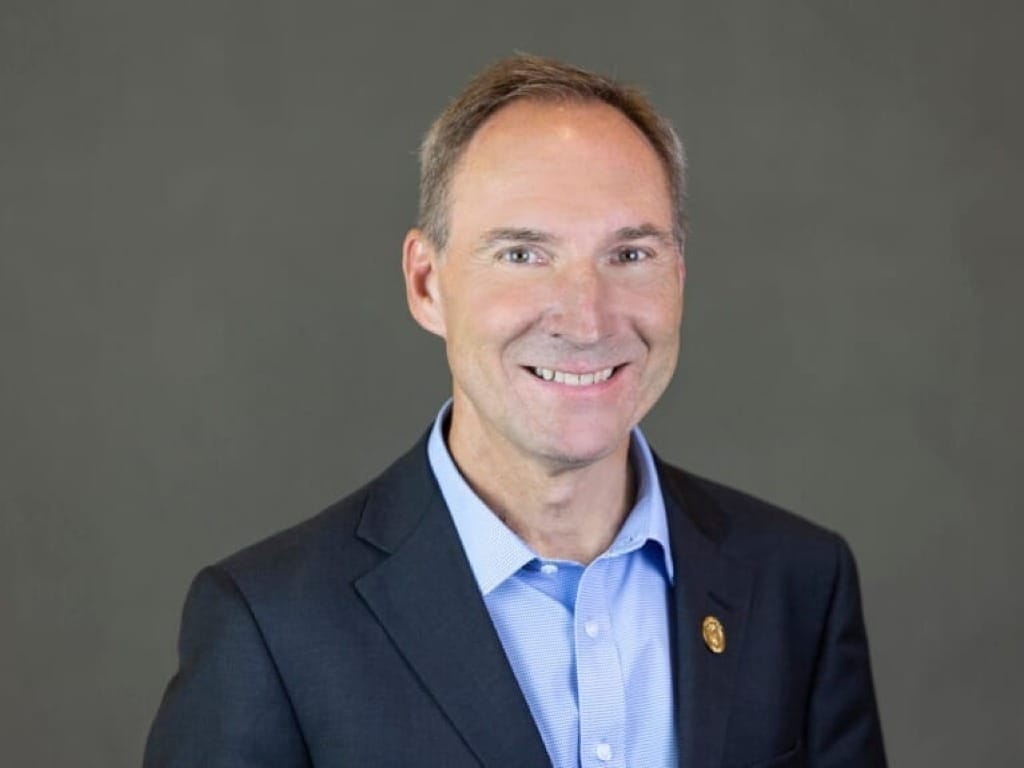
Fiber
Fiber providers declare victory: “The market has spoken.”

 Photo of Fiber Broadband Association CEO Gary Bolton, taken from its website
Photo of Fiber Broadband Association CEO Gary Bolton, taken from its website
WASHINGTON, June 10, 2024 – Fiber is the fastest-growing fixed communications network technology in the nation’s history, according to the Fiber Broadband Association.
In a report last week, FBA provided a detailed description of fiber’s recent gains and projected favorable market trends in the years ahead.
The report was filed with the Federal Communications Commission for consideration in the agency’s biennial State of Competition report to Congress.
“There is now a consensus that fiber is the fundamental communications infrastructure for all 21st Century communications networks,” the trade group said in their filing.
The comments were submitted by FBA CEO Gary Bolton.
The report presented an array of statistics intended to demonstrate fiber’s rapid development. The report also provided some insight into the industry’s next stage of development.
According to FBA, more than 70 million U.S. households have been connected to the Internet through fiber. In 2023 alone, fiber was deployed to 6 million more unique households.
“Fiber is the fastest growing fixed communications network technology in the nation’s history outpacing the growth rates of copper and coaxial last-mile transmission connectivity, which took 60 years and 28 years, respectively, to reach 50% of homes,” the FBA report said.
The FBA credited fiber’s success partly to its high performance, reaching download speeds of nearly 250 megabits per second, compared to its closest competitor, cable modem, that clocks in at about 150 Mbps in 2023. Additionally, fiber performance latency averaged 60 milliseconds, compared to 132 ms for cable.
The comments also claimed fiber is more affordable, costing $0.52 per Mbps compared to cable’s $0.88.
The report also stated that while Incumbent Local Exchange Carriers are the largest fiber providers, responsible for 64% of deployment, other providers, including some municipalities and rural electric cooperatives, are deploying fiber networks to an increasing percentage of the population.
Looking to the future, the FBA stated that service providers have begun investing in network equipment that can support speeds of 25 Gigabits per second and higher, an investment trend that will continue for the next five years.
“The market has spoken – both suppliers and consumers understand that only fiber can deliver the critical broadband infrastructure that can support the ever-increasing demand by consumers,” the FBA said.

